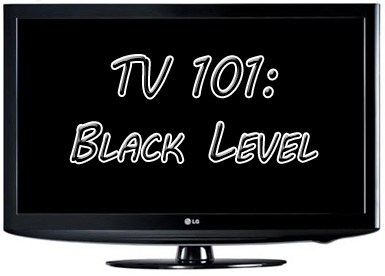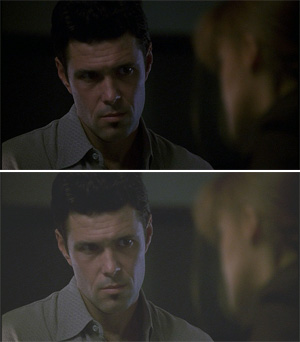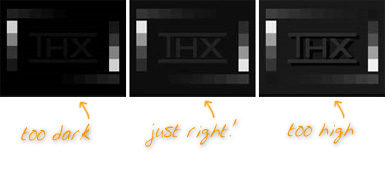
The modern day television has a dizzying array of image controls to help you fine tune your television’s picture quality, with the goal to give you the best visual experience possible. Unfortunately, no one knows what half of these controls do. Even a trip to the user manual is often useless, with descriptions like “Super-Whiz-Bang Picture Enhancer: Use this control to adjust the Super-Whiz-Bang Picture Enhancer Feature.”
Here’s the good news. Just about every image control on your modern TV is useless and only serves to actually hurt your image quality. For the most part, if you’re given the option to enable or disable features like “Super Sharpness Enhancer,” “Super Real Picture Enhancer,” or “Super Mario Game Enhancer” (okay, I made that one up), you’ll never go wrong keeping it turned off.
In all honesty, only a handful of controls out of those forty-eight contained within the modern day LCD or Plasma TV really makes a significant impact to your image quality. Color temperature is one of them, which I covered as one of my first TV Tech Fix posts here at theTVaddict.com (even before I could post as me!). Today I’ll be talking about what I personally believe to be the single most important control on your TV – black level.
So what is black level? More importantly, how does it affect you?
To keep it simple, your television must be told how to interpret the video signal coming from your video source device. In both analog and digital systems, the setting for black level (or brightness as the control is called on most displays) on your display needs to be tuned to accurately convey what your video signal describes as black. If it’s off, it can have a dramatic effect on the image you see. For example, setting black level too low may obscure low brightness details into the background. Setting black level too high will display black information as gray, killing any hope for depth and realism in the image (see below).
Notice how when the brightness is cranked, the mood of the entire scene changes and things start to look washed out?
Whether or not your display can display deep, rich blacks doesn’t matter (CRT, OLED, and Plasma TVs generally excel at creating black, while LCD and DLP sets often struggle). Setting the signal-level for black incorrectly will seriously mess up your visual world, guaranteed.
More about the importance black level here >>
Getting your display professionally calibrated is certainly the only way to guarantee image accuracy, but fortunately for you, there are ways you can help bring your display’s blacks into line on your own. You won’t achieve perfection, but you’ll certainly get in the ballpark.
Some people will tell you that turning on a classic black and white movie as reference material can give you the visual information you need to accurately set your black level. I won’t disagree with them (you’ll get pretty close with the right material after a while), but there’s a much more scientific and accurate way to do it – using a video test pattern that you probably already have on hand.
Somewhere in your DVD collection (or a friend’s) you’ll be able to find a disc with the “THX optimizer” included. It’s a little self-help section included on some movies to help you set your TV properly so you can better experience the movie. You can ignore the sections on setting color (you’d need color filters to use that part), but it actually contains a pretty good pattern for adjusting black level. Fire it up, go to the black level test, and turn the black level (brightness control) on your TV all the way down. Turn the brightness up until you see the THX logo, but not far enough to see the drop shadow behind it. Done.
If you don’t see the drop shadow even at your display’s highest brightness, then you have a disc player that can’t output darker than black signal information (rare these days, so it would likely be an older model). No biggie. Instead of the logo, look at the boxes at the bottom of the screen. Turn down the brightness control until you can barely see the seventh darkest box.
On some displays, mucking around with the brightness control may actually throw your display’s white level off a little bit (that one’s probably already off anyway), but we’ll save contrast, white level, and gamma for another day…
Enjoy your richer TV experience!
Satisfy your inner geek while fueling your TV addiction… TV Tech Fix is a column by Matt Whitlock, editor of the TechLore.com Consumer Electronics Community (plus several other gadget-focused community websites), and lover of both technology and TV. In this column, he’ll cover a wide variety of tech topics aimed squarely at the TV addicts of the world – from tips and tricks to help you better your TV experience, to gear recommendations, to the impact technology is having on the TV shows we love.

